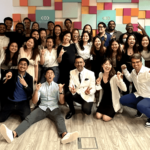We spend a lot of money on Facebook and Instagram ads each month for clients across a range of industries and sectors in Singapore.
As a digital marketing agency, we help a lot of Singaporean businesses drive leads, sell products, and expand their brands. In the process, we’ve collected loads of valuable data the marketing community here in Singapore could benefit from.
So as the year draws to a close, we decided to compile all of our Facebook and Instagram ads data and pull out some key insights to share with the community, including:
- How much does it cost to advertise on FB and IG in Singapore?
- How have COVID-19 and the iOS 14 update impact advertising?
- 5 things we learned from our best performing ads of the year
How Much Do Facebook and Instagram Ads Actually Cost in Singapore?
How much do Facebook Ads usually cost? How do they compare to common costs across the rest of the world?
It’s tough to pinpoint an exact cost, as campaigns vary greatly. But the most common metrics for CPC (cost per click) around the globe are:
- Facebook: S$1.31
- Instagram: S$4.83
There are numerous blogs on how much Facebook ads cost in Singapore – but most draw from global or US data, and many don’t separate Facebook from Instagram.
We’re seeing an average CPC in Singapore of:
- Facebook: S$0.55
- Instagram: S$2.05
And CPM (cost per thousand impressions) around the world:
- Facebook: S$13.65
- Instagram: S$13.69
Our data shows the average CPM in Singapore:
- Facebook: S$7.80
- Instagram: S$8.08
Based on our data, Facebook and Instagram ads in Singapore are a good bit more affordable than in the rest of the world.
That said, cost metrics like CPC and CPM can vary greatly depending on a number of things:
- Campaign Objectives. Campaign objectives can have a massive impact on cost. For example, brand awareness campaigns might cost a lot less than lead generation campaigns. In fact, combining different campaign averages into one number isn’t all that helpful – so we’ve broken our data down by objective, which you can see below.
- Audience Size. Targeting larger and broader audiences will typically be less expensive than targeting very specific audiences.
- Industry. Every industry is different, and although we focus heavily on B2B, a lot of our ad clients this past year were B2C.
It’s also worth noting that $1 million in spend and nearly 1 billion impressions is a fairly small sample size, but it’s big enough to be helpful and draw some conclusions. Also worth noting: there’s still one month left in 2021. We’ll update as these numbers come in.
Check out the full report here.
Feel free to explore the report using the dropdown filters at the top!
Recent Trends in Advertising
In addition to the fact costs in Singapore are a little lower than the rest of the world, we uncovered a handful of other trends to note.
The COVID Effect
The world saw a fairly significant decrease in Facebook advertising costs during the coronavirus outbreak of 2020.

We only saw minimal changes here in Singapore, but we did see decreases in CPC and CPM. That said, it does appear things have leveled back out for us and the rest of the world here in 2021.

For the most part, ad costs are up from where they were for much of 2020, but there are more factors than just the dwindling of the pandemic.
If you spent heavily on Facebook or Instagram ads in 2020 – congratulations, you probably saved some money. If you didn’t, it’s not too late. There’s a good chance advertising costs will continue to rise.
The Release of iOS 14.5
If you aren’t familiar with the iOS update that shook up the advertising industry, you can read Facebook’s take here.
In short, iOS 14 requires apps in the App Store that engage with “tracking” to prompt iOS users and allow them to easily opt out of such tracking. Though you could previously opt out of in-app tracking, most iPhone users didn’t think to do so. With this new prompt, the number of users opted-out increased dramatically. This impacted:
- Targeting: Brands have lost a big portion of their custom audiences due to the limitations of iOS 14. Many saw their retargeting lists shrink by 50% or more.
- Reporting: Apple’s policy has limited businesses’ ability to measure their ads performance and forced Facebook to estimate and aggregate data more than they did previously.
Businesses have found it harder to target who they want and measure their ads’ success.
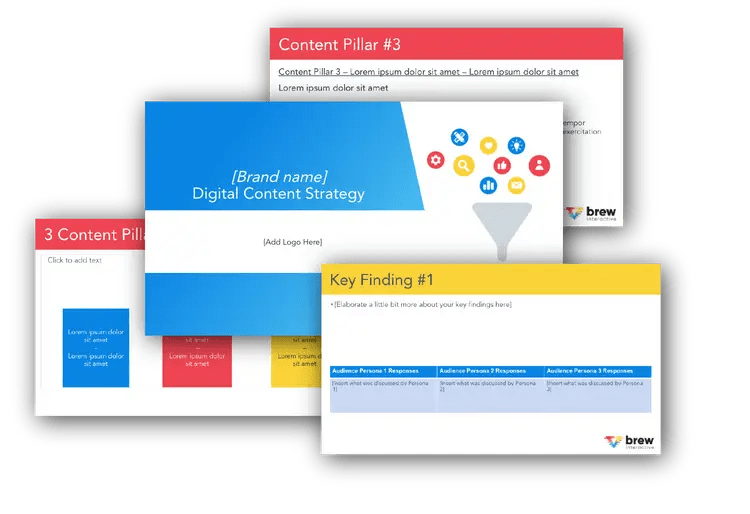
Free B2B Content Strategy Template
Not sure where to start when it comes to your content strategy? Struggling to gain traction? Grab our free B2B content strategy template to help you document your strategy.
As a result, most businesses have seen their ad performance decline (even if just slightly), resulting in higher CPC’s and CPM’s, lower ROAS (return on ad spend), and higher spend overall.
Some brands have made the decision to shift their ad spend to other platforms, but those who have navigated the iOS rollout successfully continue to spend – including many of our clients. In fact, Facebook ad revenue is on pace to continue increasing through 2023.
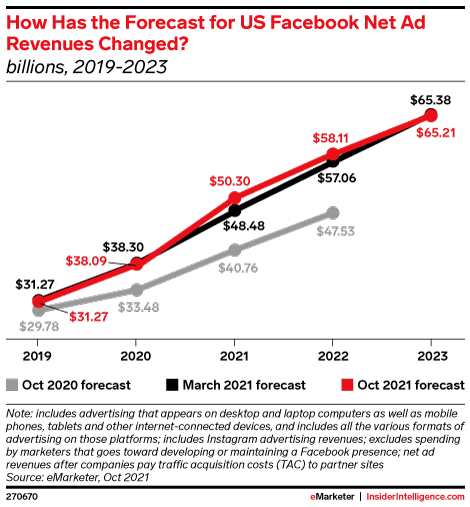
Having trouble navigating the iOS rollout with your own ads? Start the conversation with our team today – we’d love to help you keep your leads and sales rolling.
And if you’ve never spent on Facebook advertising – it’s not too late. We’d love to help you, too.
What’s Working on Facebook and Instagram in Singapore?
We were able to compile a lot of macro data like average spend and CPC, but we were also able to identify our 5 best performing ads across all of our managed accounts. Most of these ads were run primarily in Singapore – though some saw reach from surrounding countries.
In the process, we noticed a few trends that have worked throughout 2021, and we believe will continue to work well into 2022 – both for paid ads and organic posts.
Storytelling
HubSpot Marketing Manager Sam Balter says,
“Nothing sticks in your head better than a story. Stories can express the most complicated ideas in the most digestible ways.”
Stories do a few things in marketing:
- They resonate. People connect with stories far better than sales copy.
- They appeal to the entire funnel. No matter where someone is on their journey with your business, stories work.
- They make the customer the hero. Stories in marketing can certainly promote the product or service, but more often than not they paint the customer as the hero of the story.
We ran a campaign for Nikon Asia that focused on telling photographer’s stories and showcasing their work. This ad below received over 17k reactions and a CTR (click-through-rate) of over 18%.
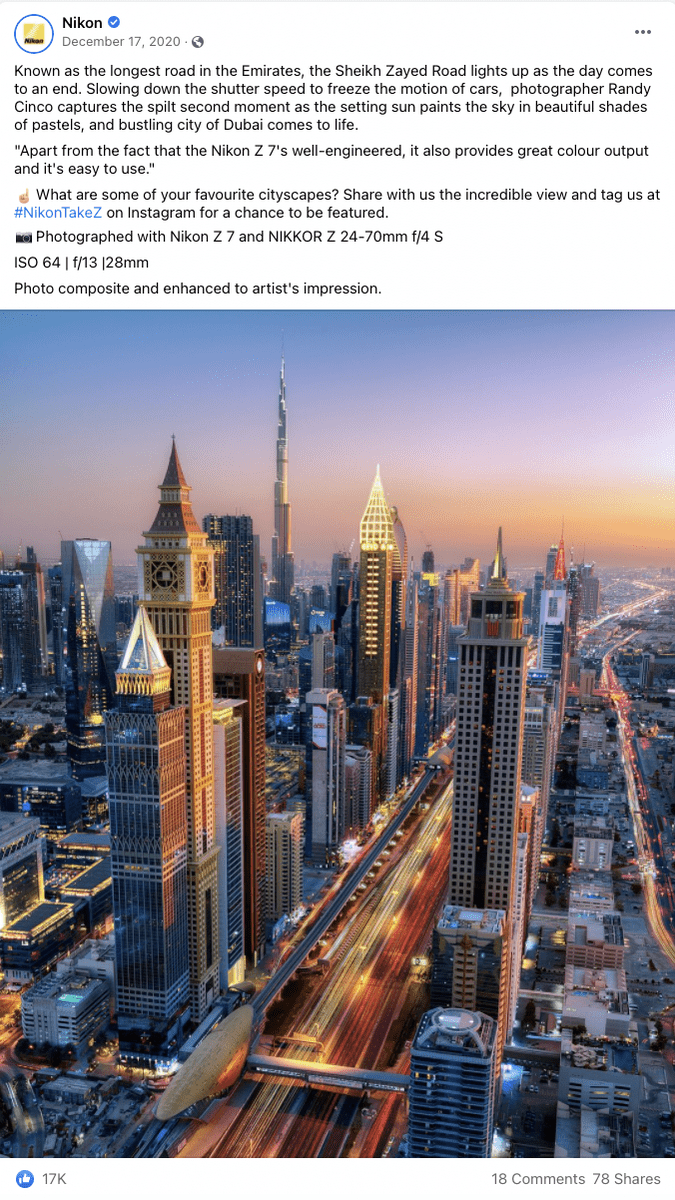
A Focus on Real Data
“Show. Don’t just tell.”
This popular notion has never been more true. In an age where false claims and unrealistic hype are rampant – using data and statistics is huge in building trust with your audience.
In an ad for Hitachi Asia we wowed the audience with impressive stats around their world-class, ultra-high-speed elevator. Once hooked, the click-through was a no brainer. This ad received nearly 3k engagements, but more importantly boasted a CTR of 28%.

Want to see all 5 of our best performing ads from 2021?
Download our 2021 ads report to see all 5 of our best performing ads, our takeaways, and the biggest trends we noticed from 2021. Plan your 2022 campaigns with confidence:
Advertise on Facebook with Confidence
We hope these insights help you advertise more effectively on Facebook and Instagram.
But if you’re unsure about the constant swings, recent iOS update, or how to connect with your audience – our team would love to help. Don’t hesitate to reach out.
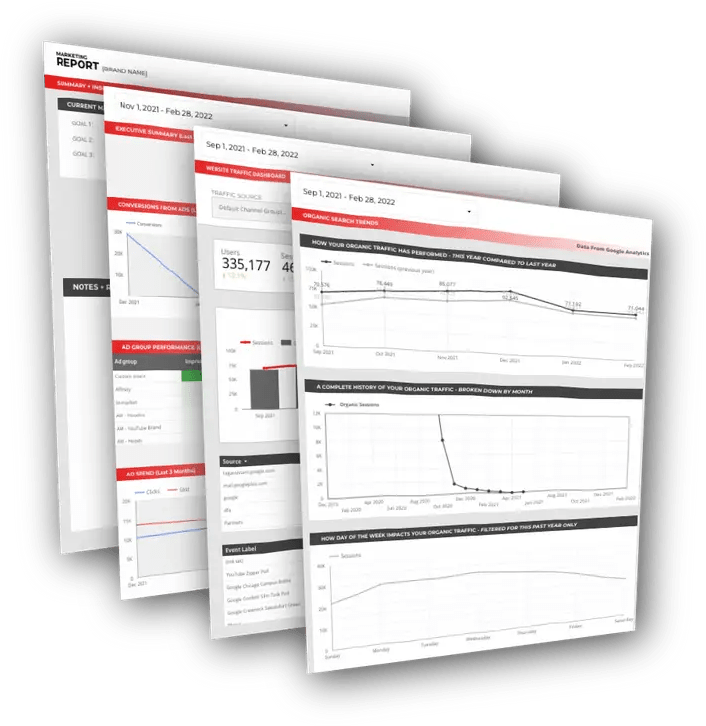
Free DataStudio Marketing Report
Improve your marketing reporting with our free DataStudio template that pulls data from Analytics, Google Ads, and Search Console to get a 360 degree view of your digital performance.


